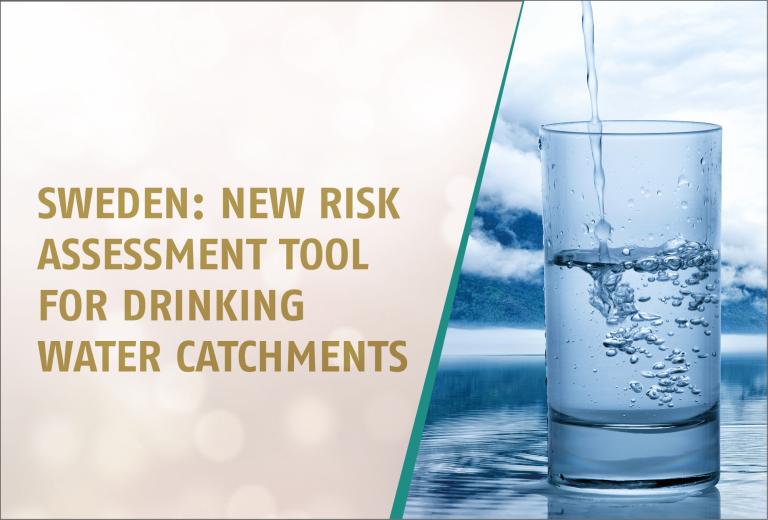Sweden: New risk assessment tool for drinking water catchments
In Sweden farmers are legally obliged to apply for permits for plant protection products (PPP) use if their land lies within a drinking water abstraction zone. In order to demonstrate safe use of PPP, predicted environmental concentrations (PECs) for both surface water and groundwater must be calculated. For this purpose, a new version of the risk assessment and decision support tool MACRO-DB that comprises a meta-model of MACRO and a web-based graphical user interface (https://macrodb.slu.se/shinyMACRO_DB/) has been developed in a joined effort by knoell environmental exposure experts and the knoell software development team in cooperation with the Swedish University of Agricultural Sciences SLU (https://www.slu.se/en/Collaborative-Centres-and-Projects/SLU-centre-for-pesticides-in-the-environment/models/macro-db/macro-db/) and with financial support from the Swedish Agency for Marine and Water Management. The end users of the web-based software are local authorities, farmers/landowners and consultants.
The meta-model was derived from a training dataset that comprises ca. 600,000 simulation runs with the numerical leaching model MACRO 5.2. The simulations comprised 18 climates, 72 soils, 1 typical crop (spring cereals), 3 application seasons (spring, summer and autumn), and 150 dummy compounds consisting of a grid of normalized Freundlich coefficient Kfoc, degradation half-life at reference conditions DT50 and Freundlich exponent. The meta-model performs a trilinear interpolation (in the three-dimensional space of Kfoc, DT50 and Freundlich exponent) for log10 of PECgw or PECsw, respectively. Different crops are taken into account in the web-based meta-model by adjusting the pesticide interception fraction according to the growth stage of the crop to be modelled at the time of application.
The new meta-model replaces the older approach in Sweden, where end users needed to perform computationally expensive simulation runs with MACRO-DB 4 on their own computers. PEC calculations and risk assessment are achieved much faster and more conveniently than before while preserving the necessary accuracy. The employed methodologies (automated simulation and evaluation of MACRO, meta-model development, web-based dashboard) can also be applied to other regions and in other contexts.
References:
Reichenberger, S., Multsch, S., Pohlert, T., Jarvis, N., Gönczi, M., Kreuger, J., 2021. Developing a MACRO meta-model for Swedish drinking water abstraction zones. Presented at the SETAC Europe 2021 Annual Meeting, 3–6 May 2021, Copenhagen.
Pohlert, T., Reichenberger, S., Multsch, S., Jarvis, N., Gönczi, M., 2022. Global Sensitivity Analysis for a MACRO Meta-Model for Swedish Drinking Water Abstraction Zones. Presented at the EGU General Assembly 2022, Vienna, Austria, 23-27 May 2022, pp. EGU22-832. https://doi.org/10.5194/egusphere-egu22-832

